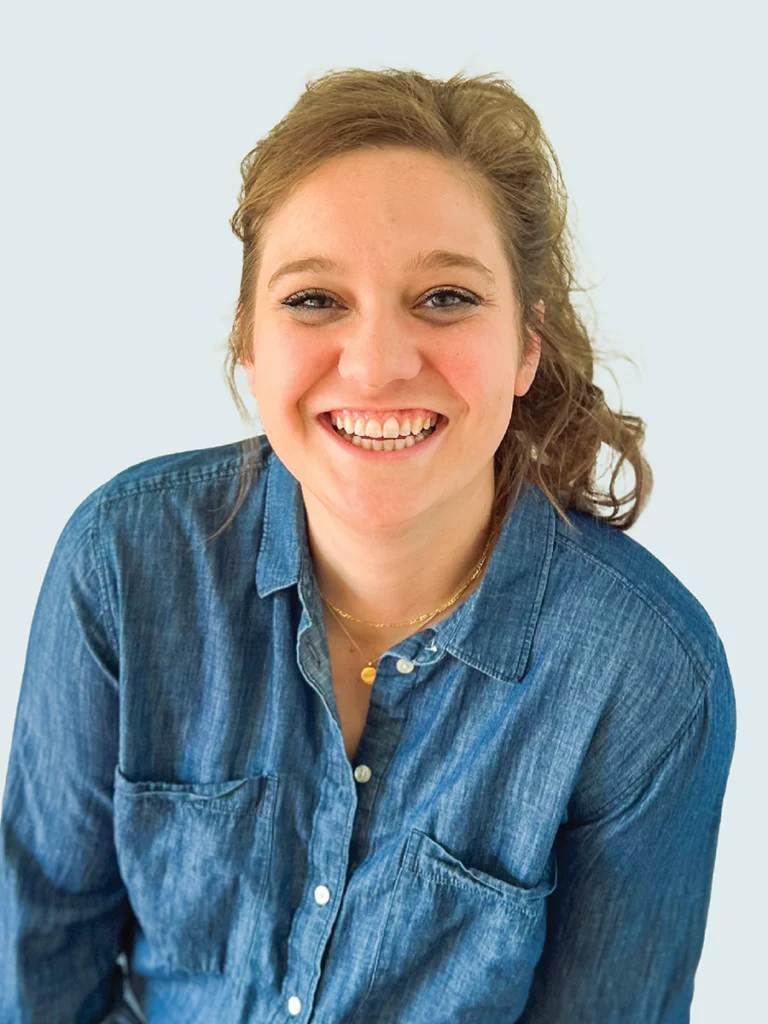
From Silos to Teams: Strengthening Organizational Structure
“Organizations look for ways to protect their resources, often creating “silos” in their own structure.”
Anna Montgomery
Growing up amidst the cornfields of the midwest, silos were a defining landmark in my childhood landscape. In the miles of grain, they always seemed to stand as pillars to a farmer’s success. Whether they’re solo or clustered together, silos are designed to keep large quantities of resources safe and separate from other resources. Similarly, organizations look for ways to protect their resources, often creating “silos” in their own structure. This protection comes at a cost—isolation. While it’s tempting to see silos as markers of success, they have long-term detrimental effects on organizational structure because they prevent resources and information from being shared amongst teams.

Silos in Organizational Structure
The majority of the time, silos are a natural byproduct of a company responding to growth. Organizations begin to group people by expertise, often into departmental and function-based hierarchies, so people become laser-focused on their priorities, projects, and duties while becoming less aware of what goes on outside their silo. This may not seem like a problem until two silos have to collaborate. When this happens, organizations see power struggles, interdepartmental conflict, withheld resources, trust deficits, and a survivalist mentality toward projects and relationships. This silo mentality is born out of a mindset that sees organizational information or other resources as things to be owned or guarded by a specific group. This scarcity mindset can be helpful for, well, corn, but not for people. These silos in organizational structure encourage people to compete for resources, money, opportunity, and recognition instead of pursuing vision, collaborating, communicating, and developing trust. So why do silos exist at all? The appeal is simple—they create clear roles, a strong hierarchy of power, free flowing top-down communication with limited bottom-up communication, and structured processes. It’s safe, but because each individual’s role is tightly defined and regulated, people tend to disconnect from the greater good of the company and become obsessed with the responsibilities on their desk.
Let It Go: Silos at Walt Disney Animation Studios
In 2010, Jonathan Geibel, Director of Systems, and Ron Johnson at Walt Disney Animation Studios recognized their teams had drifted into the silo mentality. Resources rarely moved between departments, even if the transfer would be beneficial for all. Managers were ranked by the effectiveness of their silo in accomplishing their goals. (Edmondson, Ager, Harburg, & Barlett, 2015, p. 4) In a culture that should have been highly collaborative and imaginative, Geibel saw the “organizational structure was getting in the way of our ability to react to changes.” (Edmondson et al., 2015, p. 4) Looking back, manager Matt Schnittker explained, “It felt like giving was a bad thing. You wanted to protect your domain and hold onto your resources.”

Changing Together—Involving the Team with Organizational Structure
Clearly, Disney needed a change. Gleaning insight and vision from startup culture and management concepts like the Matrix Model, Geibel and Johnson approached the transition from silo to a team structure scientifically. Making small changes, one at a time, they carefully observed the impact, made adjustments, and generated new theories of change. When something worked, they would do more of it. Everyone was involved in the process because Geibel and Johnson wanted to ensure that critical thinking and ideas were coming from all levels. (Edmondson et al., 2015, p. 5)
One of the first theories Geibel and Johnson tried was the creation and implementation of small, independent teams focusing on specific tasks. Through experimenting, they learned that teams worked best when they consisted of two to six people with clearly defined roles. If that last sentence made you pause because it sounded. . . silo-y, that’s reasonable. The distinction was how those roles were structured. Each team consisted of a team lead, several primary members, and secondary members. Instead of fulfilling a traditional managerial role, each team lead was responsible to do their work alongside everyone else. Leading by example, they and their team were responsible for choosing which ideas to proceed with. (Edmondson et al., 2015, p. 5) To prevent silos, Geibel and Johnson had to value each individual as an individual, ensuring each team member had a voice.
This is where it gets creative. Each primary member on one team was also given the opportunity to be a secondary member on other teams. While they were responsible to focus most of their time on their primary team, the option to work as secondaries on other teams helped employees tap into their other skills and passions. (Edmondson et al., 2015, p. 6) The positive impact was great—employees loved managing their time across different teams, the flexibility to pursue passion projects, the opportunities for growth, and the collaborative communication culture. This new structure also allowed the freedom to move people between teams to find the right fit, fostering creativity.
It’s important to note that the model—like all models—isn’t perfect. The potential shortcomings of this type of team structure are that employees can feel conflicted by demands of multiple team leads, the organic culture can be distracting, and it can take considerable time, patience, and energy from a leadership team to cultivate. For Disney, though, it paid off.
These changes in organizational structure had an incredible impact internally on their team and externally on their clients. Engineer Marc Jordan commented about the new structure: “It’s a very collaborative environment and I feel empowered that I can make decisions that will impact the studio. I also feel that it is my personal responsibility to make sure the right people are consulted and the right communication takes place. This is personally what I’ve always really wanted…the sense of empowerment coupled with the sense of responsibility to make things happen.” (Edmondson et al., 2015, p. 9)

Fostering Creativity in a Team Structure
Amenable hasn’t released an animated movie (yet!), but from personal experience, I can vouch for the results of the Disney study.
Reflecting on my experiences working for organizations that valued silos and organizations that valued teams, I know that I am most effective when functioning in a team structure that consciously resists siloing. When I worked in a silo setting, I faced frustration, burnout, disconnect, and disillusionment as I tried to support the other silos through communications.
Frankly, I felt angry and unsupported when other departments elevated their silo’s desires above the overall organization’s vision and objectives. It was impossible to have cohesive communications and branding when each department prioritized themselves over everyone else. In a team structure setting, I thrived as a creative, so that’s the culture I’ve tried to create with my employees.
If you’re involved in the management of your organization, think of how you can create a culture of collaboration, communication, and abundance. If it worked for Disney, it could work for you.
Interested in how small changes in your organizational structure could strengthen your team?
At Amenable, we offer business coaching for brand development, web development, and marketing. Connect with us to learn more about how a partnership with our team could help minimize siloes and strengthen your team!
